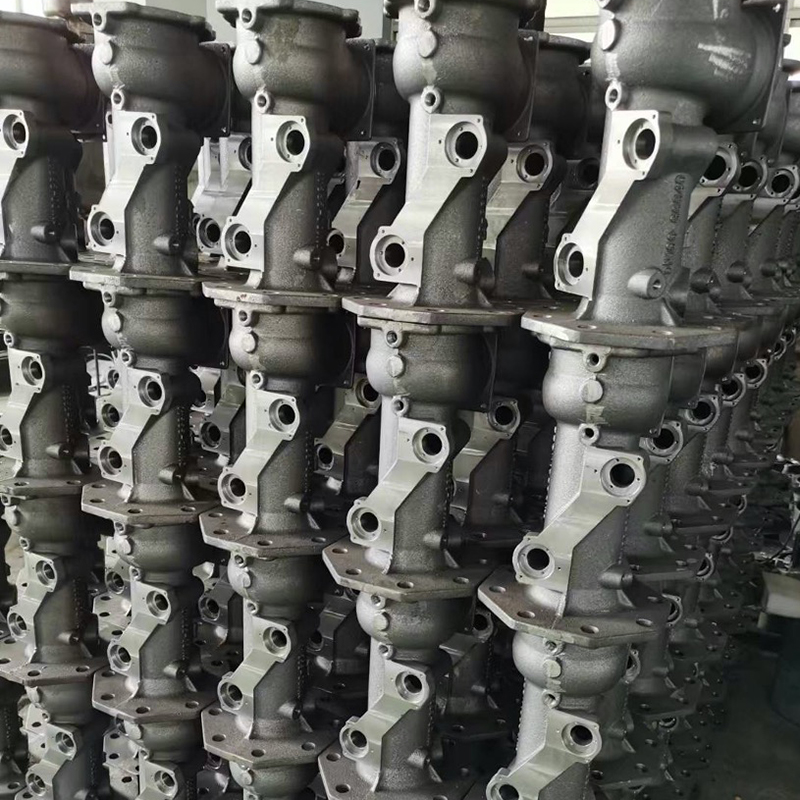
Side milling, also known as peripheral milling, involves cutting along the side of the workpiece. To ensure stability and reduce tool wear, the radial depth of cut should be less than 10% of the cutter diameter, typically represented as ar < 0.1D. This approach helps maintain a consistent chip thickness and minimizes the risk of tool deflection.

Face milling, often referred to as end milling, is used to machine flat surfaces. In this process, the radial depth of cut can be up to 90% of the cutter diameter, denoted as ar ≤ 0.9D. This allows for efficient material removal while maintaining control over the cutting forces and surface finish.

Slot milling involves cutting a groove or channel into the workpiece. Here, the radial depth of cut is equal to the diameter of the milling cutter, meaning ar = D. This method can be performed using traditional composite milling (where the tool feeds radially after axial movement) or ramp milling, where the feed is applied both axially and radially simultaneously.

When performing axial cutting similar to "drilling," it's essential that the end teeth of the milling cutter are centered. If you're using interpolation for reaming, the depth of the hole should not exceed 75% of the cutting edge length. However, when machining through solid materials, the depth should not go beyond 0.5 to 1 times the cutter diameter to prevent tool breakage and ensure stability.

In climb milling, the milling cutter rotates in the same direction as the table feed. The cutter enters the workpiece from the surface, where the chip thickness is at its maximum. This creates a clamping force that pushes the workpiece toward the table. It’s crucial to ensure there is no play in the machine tool’s screws to maintain accuracy. Climb milling usually results in a smoother surface finish and extended tool life.

In up-cut milling, the cutter rotates in the opposite direction to the table feed. This means the tool starts cutting with zero chip thickness and gradually increases to the maximum. While this method can lead to faster tool wear in some cases, it is particularly useful when machining materials like hot-rolled steel or steel with an oxide layer on the surface. Up-cut milling helps reduce chatter and provides better control over the cutting process in such challenging conditions.
Water Meter Housing
The housing is typically installed underground or at ground level, near the water supply line. It is important for the housing to be securely sealed to prevent any water leaks or unauthorized access.
Water meter housings come in various sizes and designs to accommodate different types and sizes of water meters. They are an essential component of water distribution systems as they help protect and maintain accurate measurement of water usage.
Water Meter Housing,Water Meter Case Body,Water Meter Housing Assembly,Water Meter Case
Dandong Haichuan Machinery Co., Ltd. , https://www.ddhccasting.com







